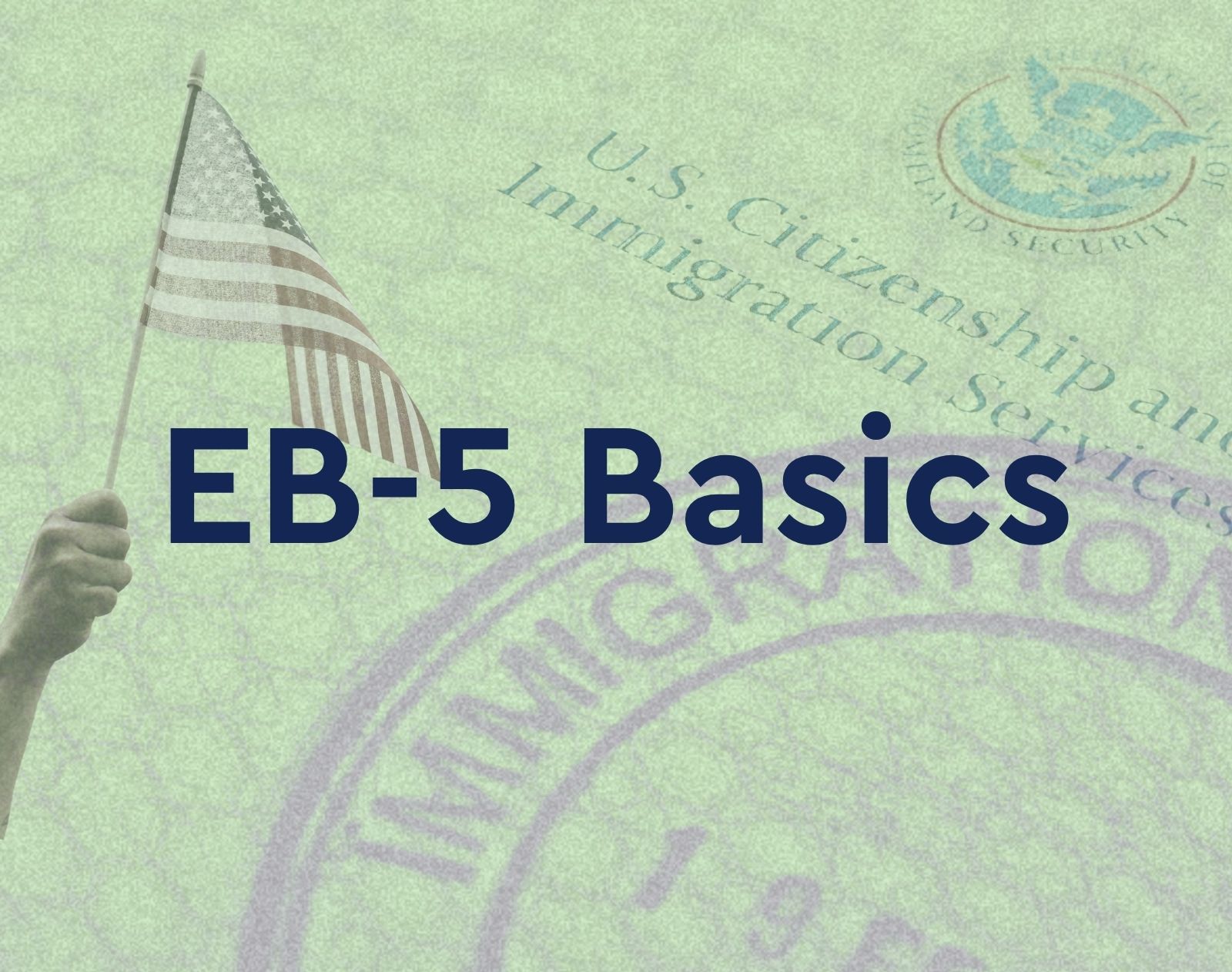EB-5 Investors Investment Support
Premature Withdrawal from an EB-5 Project
Last Updated: November 29, 2025
There are a variety of circumstances such as economic hardship or change of immigration plans which cause an EB-5 investor to prematurely exit from the project they invested in. However, getting repayment for your funds prematurely is not often simple.
Requesting a withdrawal from the issuer
An investor can make a request to their investment issuer, but if the funds have already been deployed from the escrow account and into a project it may be highly unlikely that the investment issuer will be able to refund the investor. Withdrawing funds from the project can also be harder if the investor’s money has already been spent. In most cases, a project developer is using the investors’ funds to move a project forward. The issuer is no longer in possession of that money and couldn’t pay back even if they wanted to.
While the EB-5 investor may notify USCIS of their intent to withdraw their EB-5 petition, they are usually unable to withdraw their investment capital until the project is in a position to repay or unless their Private Placement Memorandums (PPMs) have a designated early exit provision.
The EB-5 program has an at-risk requirement that does not allow guaranteed redemption or withdrawal without impacting green card eligibility. Until the project is completed and repays the EB-5 funds, it is difficult to pull funds out of project mid-development without disrupting the project.
Using litigation to exit an investment
Immigrant investors considering pulling their investment capital out early should exercise good judgment if litigating to withdraw funds from a project, especially if the involved parties are acting in accordance with the agreements laid out in a project’s offering documents. If the investor cannot objectively demonstrate a violation of agreed-upon terms, the investor may not be able to withdraw their funds and may even end up paying legal fees to the opposing party.
Denied withdrawal requests
Some investors may qualify to pull their money out from a project prematurely, based on the response of the investment issuer to their withdrawal request, but an investment issuer may still deny that request.
If a withdrawal request has merit, and the “business judgment” of the party denying the request can be called into question within a court of law. If an attorney deems the case strong enough to prevail, investors may be able to pursue this option.
For EB-5 Investors
More Resources

EB-5 Program Logistics: Direct vs Regional Center
EB-5 investments are direct or regional center types; regional centers pool funds and count indirect jobs, while direct requires active management and counts direct jobs only.
Learn More
EB-5 Basics
Thinking about doing EB-5? Get started here!
Learn MoreCan't Find The Right Resource
Use this tool before to find the most applicable EB-5 resource for your needs.
Get In Touch With Us
If you have any questions, inquiries, or collaboration proposals, please don’t hesitate to reach out to us.
